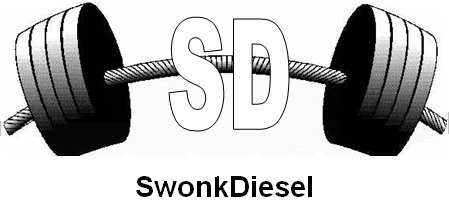A very common rule around the country from stores to restaurants to gyms. However, that philosophy is changing, well at least in some gyms across the country. That's right, shoeless workouts are becoming more and more popular from running enthusiasts to strength coaches. At a gym in Wisconsin there is no room for shoes as the owner/coach there has banned the use. More and more runners are completing marathons shoeless and there are new types of dance classes that don't require shoes. What is the thought process behind all of this?
Over the years shoes have become more and more in terms of design and stability for the foot. This sounds good and all but in reality these shoes are taking away from the work that are feet need to be getting. The feet have muscles just as the rest of the body and with the support they are receiving from shoes they are not able to be utilized to their potential. Shoes are restricting the feet from spreading out and grasping the ground underneath of us. Shoes provide the traction whereas our feet need to be providing that traction and grip. Along with this, mechanics and form are sacrificed because of the amount of support shoes provide.
Removing shoes provides the ability for the feet to reach their capabilities of strength and proprioception. In terms of strength training it is thought that the removal of shoes will help improve strength gains for the fact that more muscles will be worked that don't get the work with shoes. Looking at running it has been shown that running mechanics and gait are improved with the absence of shoes. There is a lesser incidence of injury involved with barefoot running as well.
As far as adapting a barefoot training style it is something that needs to be eased into. Start first by walking around barefoot, whether it be at home or just around the office. Get used to the feeling of no shoes. In terms of making adjustments during training, there are shoes that mimic a barefoot feel such as the Nike Free and Converse Chucks. Try using these types of shoes first and then moving to other types of footwear such as Vagabonds and Vibrims.


Try the barefoot style for warm-up plyometrics and lighter loads. Avoid a barefoot approach for heavy squats and other quad-dominant movements. Try it out, see how it feels, and stop leaving your feet out during your workouts.




No comments:
Post a Comment